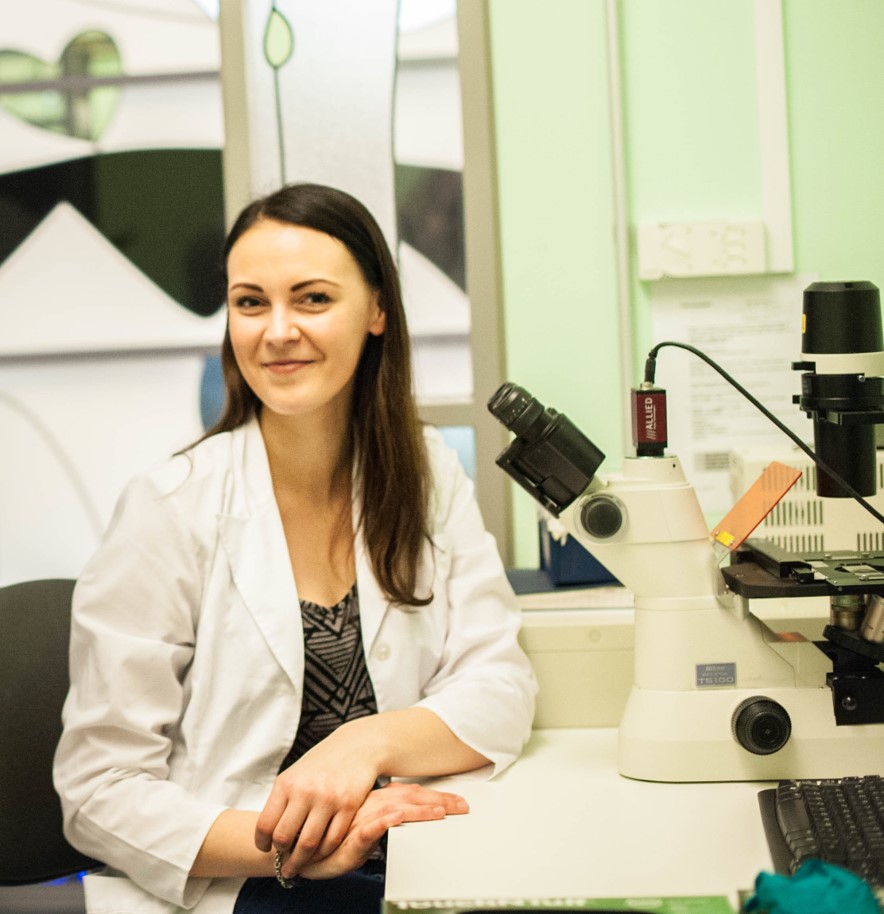We carry out our assays in accordance with existing European regulations, and with GLP if required
The comet assay (single cell gel electrophoresis)
Slide scoring
The simplest service we offer is the counting of comets on slides already prepared by the customer. Our laboratory is equipped with manual and automated image analysis systems and depending on comet number and appearance we choose the optimal scoring method. “Difficult” comets, i.e. those not amenable to scoring with computer imaging software, will be scored visually.
Comet analysis on cells provided by customer
We can carry out a full comet assay analysis on cells provided by the customer, measuring DNA strand breaks and Fpg-sensitive sites (oxidised purines). If required, we can limit measurement to strand breaks, or extend it to measure sites sensitive to other enzymes, such as AlkD (alkylated bases), Endo III (oxidized pyrimidines), T4 endonuclease V (UV damage), or hOGG1 (more specific than Fpg).
Testing chemicals for DNA damage
We treat standard cell lines such as TK-6 lymphoblastoid cells with the chemical provided, over a range of concentrations, with or without S9 activation. Cells are then analysed for strand breaks and (if required) altered bases.
Assessing DNA repair
We have in vitro assays to measure the capacity for base excision repair on a DNA substrate containing 8-oxoguanine, or for nucleotide excision repair on a substrate with UV-induced pyrimidine dimers. These can be applied to samples of cells (e.g. lymphocytes from a biomonitoring study).

In vivo Mammalian Alkaline Comet Assay
All the steps of the In vivo Mammalian Alkaline Comet Assay are carried out in accordance with OECD guideline 489. We dissect the tissue of interest using a Cell Mincing Strainer. This product was specifically designed for rapid disaggregation of fresh or frozen tissue into single cells and is eminently useful when processing large number of samples.
Additional assays for cytotoxicity, mutagenicity and carcinogenicity

Ames test
The bacterial reverse mutation assay (Ames assay, OECD guideline 471) is the most widely used initial screen to determine the mutagenic potential of new chemicals and drugs. We expose bacterial cells to test chemicals in the presence and absence of metabolic activation, and determine mutations by scoring bacterial growth on selective agar plates. Tester strains we use are S. typhimurium strains TA97a, TA98, TA100, TA102, TA1535, TA1537 and TA1538, and E. coli strains WP2 and WP2urvA. The number and set of strains are chosen according to the regulatory requirements and customer needs.
Mammalian Gene Mutation assay
The In vitro Mammalian Cell Gene Mutation Test (OECD guideline 476) can be used to detect mutations in specific genes in cell lines exposed to chemicals. The most commonly-used genetic endpoints we measure are mutations in hypoxanthine-guanine phosphoribosyl transferase (HPRT) or thymidine kinase (TK) genes. We can also measure mutations in a transgene of xanthineguanine phosphoribosyl transferase (XPRT).
Mammalian Chromosome Aberration test
We use the In vitro Mammalian Chromosome Aberration test (OECD guideline 473) to identify agents that cause structural chromosome aberrations in cultured mammalian somatic cells. We expose them to the test substance both with and without metabolic activation. At predetermined intervals after exposure of cell cultures to the test substance, we treat the cells with a metaphase-arresting substance, harvest, stain and analyse microscopically for the presence of chromosome aberrations.
Micronucleus frequency test
The In vitro Micronucleus Test (OECD guideline 487) is a genotoxicity test for the detection of abnormal nuclear fragments in the cytoplasm of interphase cells. We expose cell cultures to the test substances both with and without metabolic activation. After exposure and addition of cytochalasin B to block cytokinesis we grow cells for a period sufficient to lead to the formation of micronuclei. Harvested and stained interphase cells are then analysed microscopically for the presence of micronuclei.
